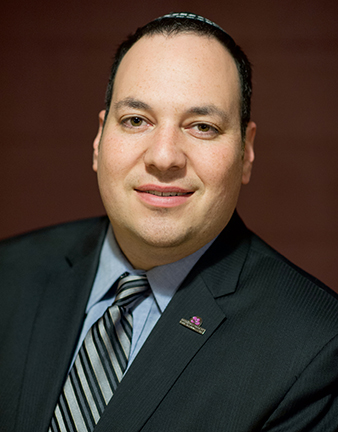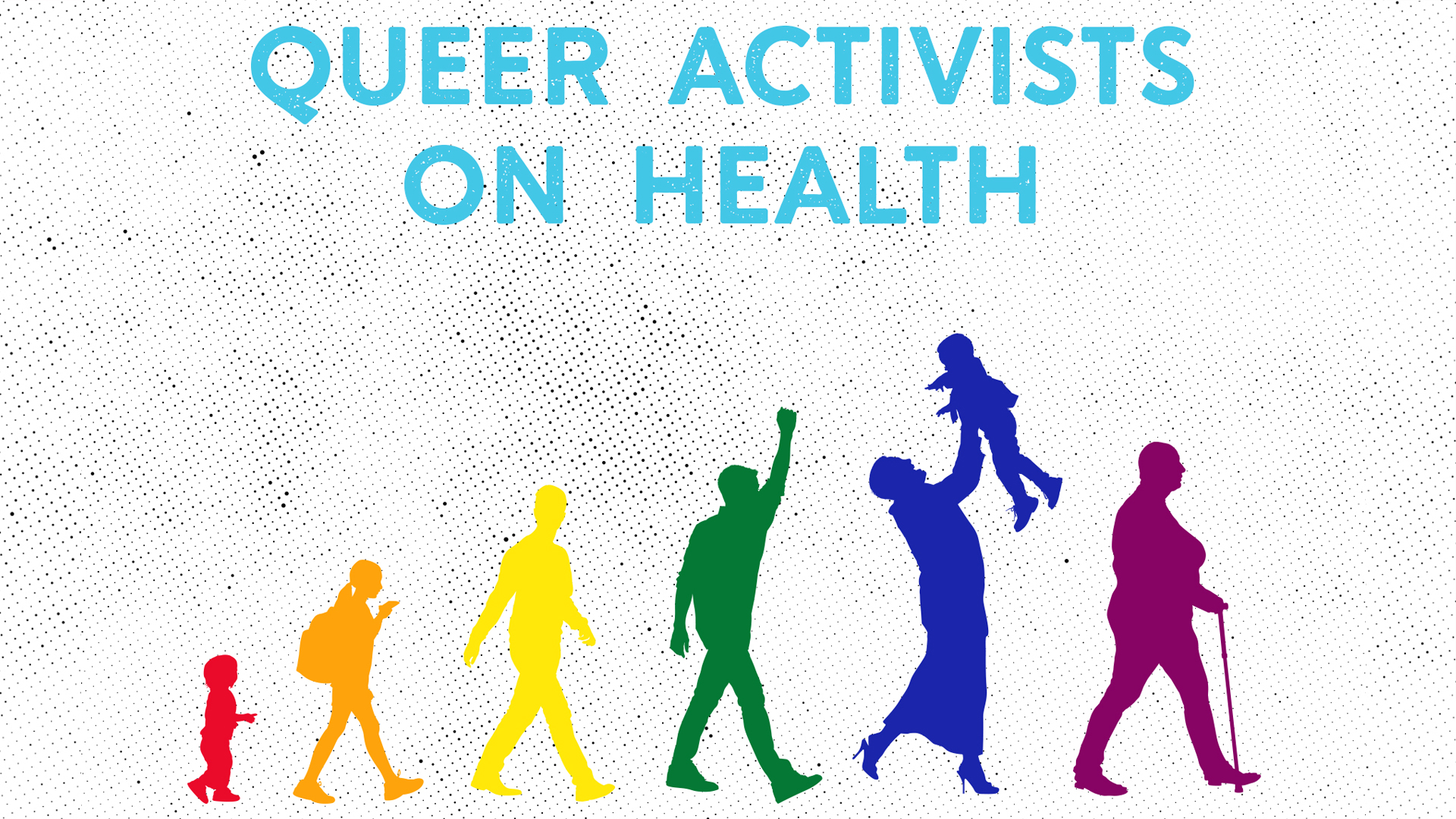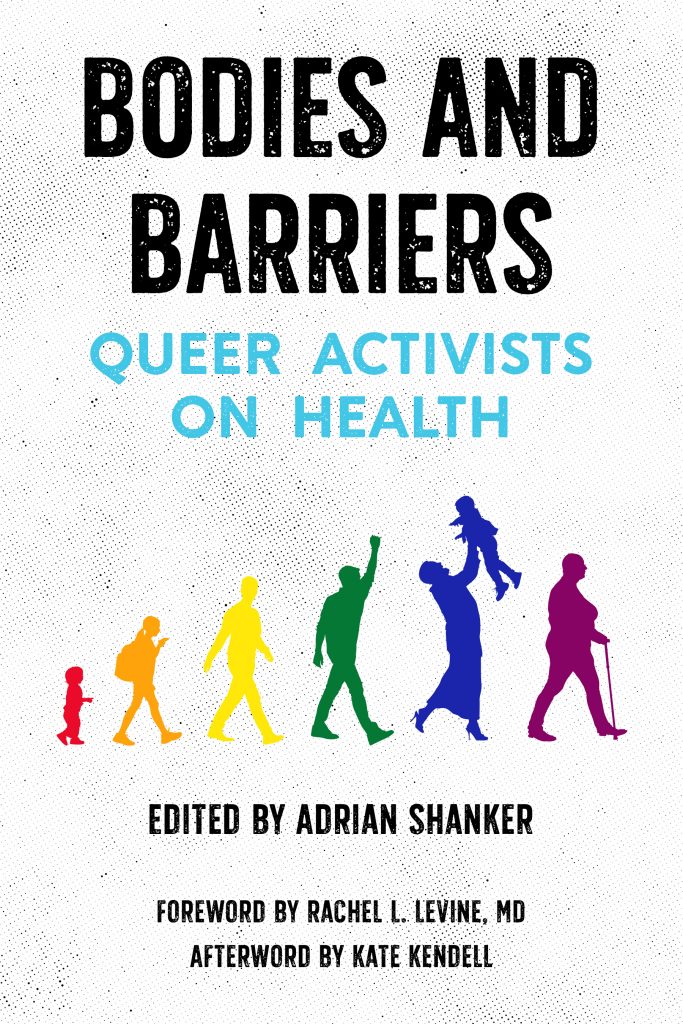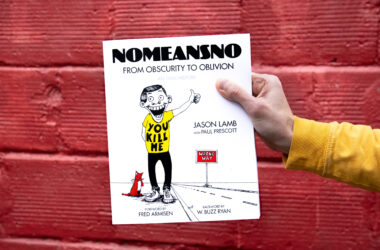
By Marj Shannon
CAMP Rehoboth Community Center
March 6th, 2020
Bodies and Barriers: Queer Activists on Health is a compelling new book that recounts the experiences of LGBTQ people as they navigate the health care landscape. It includes the stories of 26 individuals’ encounters with providers who were too often clueless or even hostile; too seldom compassionate and competent. Their experiences—engaging, instructive, and often poignant—serve not only to inform, but also to inspire.
Organized across four broad segments of the lifespan (youth, young adults, middle-age adults, and older adults), the book provides a chronological journey through diverse LGBTQ people’s lives. Noting the intent was to cover as broad an experience as possible, editor Adrian Shanker notes he “went wide instead of deep.”
Among the contributors is Alisa Bowman (“Navigating Pediatric Care for Transgender Youth”), who ghosted her seven-year-old’s pediatrician; she realized that her child’s non-conforming gender expression had never been discussed during their visits. “It was akin to treating a child’s high blood sugar and never once saying anything to the parents about type I diabetes,” she laments.
And then there’s Liz Margolies who, in “Gender, Cancer and Me,” reports on “…what health disparities look like in real life,” as she loses too many friends to cancer and digs into the contributing factors—such as less-frequent screening or social stressors—which may put LGBTQ people at greater risk.
Justin Sabia-Tanis, in “Grieving Together: LGBT Bereavement Support Groups,” relays his largely-positive experience as the only man—and only queer person—in a grief group otherwise composed of straight women. But he reports also on the added value an LGBTQ-specific group afforded him: “I could relax and tell my unedited story….”
The book, heralded by NBC News as one of “10 LGBTQ books to watch for in 2020,” hit the shelves on March 1. Letters talked with editor Adrian Shanker just a few weeks before its release.
Click here to win a FREE copy of this book!
Tell us how you came to develop this book.
A couple things that happened around the same time made me realize this book was necessary. First, I was in graduate school at George Washington University’s LGBT Health Policy and Practice Program. I was surprised to discover I could not find published literature written by LGBT health care consumers that was aimed at improving the health care system. What I could find was written about LGBT people—by professionals or researchers—but not by LGBT people.
Second, I had a negative experience with a dermatologist due to my LGBT identity. From the minute I walked into the waiting room till the moment I left, I felt the care provided wasn’t intended for people like me. For example, the intake forms were unnecessarily restrictive; the waiting room catered to a different clientele. There were no visible signs of affirmation or welcoming. Fox News was playing on the waiting room TV, broadcasting a biased news program about LGBT people. When I got in to see the physician, he made assumptions instead of asking questions.
Frankly, I needed this book to exist.
The writing—and topics—vary widely across chapters. Was this variation purposeful?
When you’ve heard one LGBT person’s story, you’ve heard one person’s story. I’m white and relatively young (32) and have health insurance and ready access to health care. I wanted to put together a collection that provided a much more diverse story than just my story.
Barriers to care are very pervasive and affect every part of LGBT people’s lives. I wanted a book that would narrate the barriers within our community; one that would curate a conversation about barriers to care.
What one main message would you like LGBTQ people to take away from this book?
I hope LBGT people find they are not alone in their stories. Their experiences are not isolated; unfortunately, the barriers in health care are systemic. But when we share our stories—loudly and in venues where we can be heard—we have the power to change the system.
What one main message would you like health care professionals to take away from this book?
If you provide care in a way that assumes you can provide the same care to all people, in the same exact way for all patients, you are leaving LGBT patients behind. “One size fits all” does not work. Our lives are different, our experiences are different, our bodies are different, and our health care needs are different.
What do you feel is the most valuable contribution this book makes to LGBTQ health literature and literacy?
There’s very little published that both tells our stories as LGBT people and is able to really reach health care professionals. To do so, our stories have to be presented in a way that is well-sourced and provides an evidence base. It’s not enough just to tell our stories; we have to back up our stories with the available data. That’s what this book does: it merges our personal stories and lived experiences with well-sourced information that can be utilized to improve care.
If a health care provider wanted to communicate a “welcome” to LGBTQ patients/potential patients, what’s the first thing you’d recommend they do?
The very first thing is training—not only for clinicians, but for the
entire practice. It should include the intake person, the billing
staff, the insurance people, the nurses, the physician
assistants—everyone.
And that training should not be just in cultural humility—it needs to
include medical competency. Clinicians need to develop the skills they
need to treat the LGBT population. For example, a pediatrician should
understand the basics of LGBT youth, and be able to address the
essential health needs of LGBT youth. The provider should be
well-informed about puberty blockers, hormone therapy, binding, and so
on.
After developing an understanding of the medical component, THEN the
provider can set up the waiting room and offices to be welcoming. It is
inauthentic to do things like offer affirming forms before a provider is
trained and ready to provide care.
How do you hope this book will be used?
First, I hope it’s read by people who work in health care or plan to
work in health care. Hearing the lived experiences of LGBT consumers
will make health care better.
Second, I hope it’s read by policy makers of all sorts, e.g., those who
develop policies for school districts, or the White House, or health
insurance companies, or health networks. Hearing the lived experiences
of people and creating responsive policies leads to better health
outcomes.
And finally, I hope it is read by LGBT activists, and health care
activists, and everyday people. Hearing these experiences might motivate
them to mobilize to develop a better health care system that works for
all of us. ▼
Adrian Shanker, editor of Bodies and Barriers, is Executive Director
of Bradbury-Sullivan LGBT Community Center in Allentown, Pennsylvania.
An accomplished activist and organizer for LGBT health equity, Shanker
has developed numerous health promotion campaigns to advance health
equity through behavioral, clinical, and policy changes.
Marj is an epidemiologist and wordsmith who has devoted her life to
minutiae. She reports that yes, the devils are in the details. Aren’t
they always?







